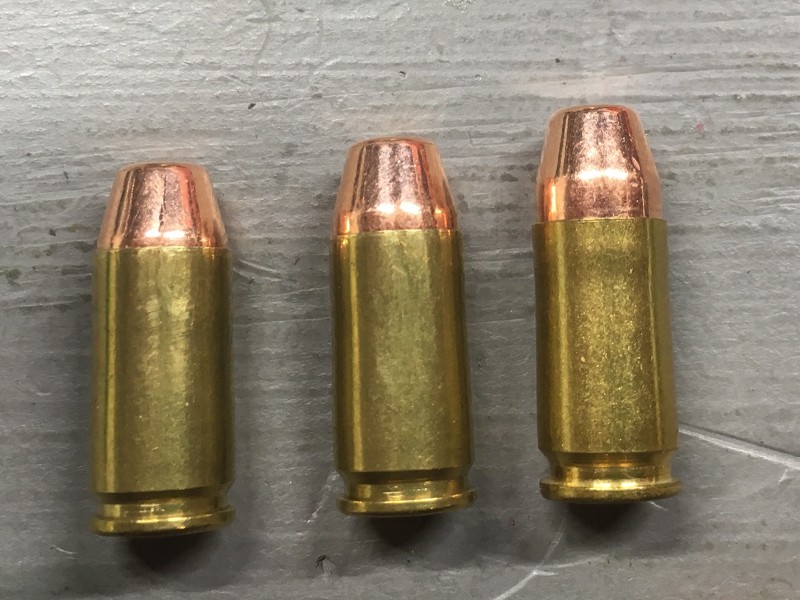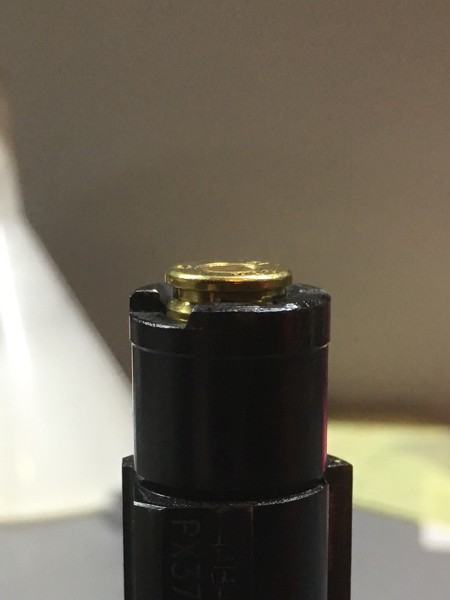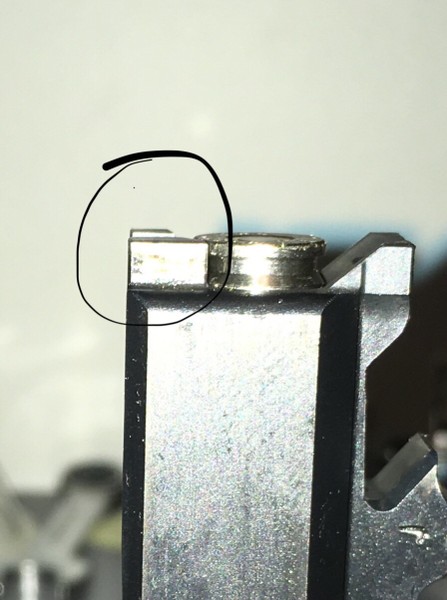So I went to go load some of these and where I generally like the o-give/baring surface to be as it relates to the case mouth is very short . Berry's has a max of 1.120"
Left to right = ------.900" ……………………………………….1.010" ……………...………………...……………1.075"

The one on the left is generally where I like my bullets seated but that just seemed way to short so I loaded them at the 1.010 COAL but even the 1.075 seems seated way longer then you'd want and that's .045 off max
I guess my point is that I don't think I've ever come across a bullet I'd want to seat so much deeper then the max and max being quite long to the point of looking silly . I mean that one sticking way out the mouth on the right is .045 short of max . Ignore the bulge and the crooked bullet on that one . I pounded it in with a hammer just to get the photo .
Where would you guys start and is that .900 way to short cus I'd like it there . It just looks like it would feed better or can to short cause feeding issues ?
FWIW these will be shot from a PX4 storm , Shield and XD9 but will be tested in the PX4 first .
Left to right = ------.900" ……………………………………….1.010" ……………...………………...……………1.075"

The one on the left is generally where I like my bullets seated but that just seemed way to short so I loaded them at the 1.010 COAL but even the 1.075 seems seated way longer then you'd want and that's .045 off max
I guess my point is that I don't think I've ever come across a bullet I'd want to seat so much deeper then the max and max being quite long to the point of looking silly . I mean that one sticking way out the mouth on the right is .045 short of max . Ignore the bulge and the crooked bullet on that one . I pounded it in with a hammer just to get the photo .
Where would you guys start and is that .900 way to short cus I'd like it there . It just looks like it would feed better or can to short cause feeding issues ?
FWIW these will be shot from a PX4 storm , Shield and XD9 but will be tested in the PX4 first .


